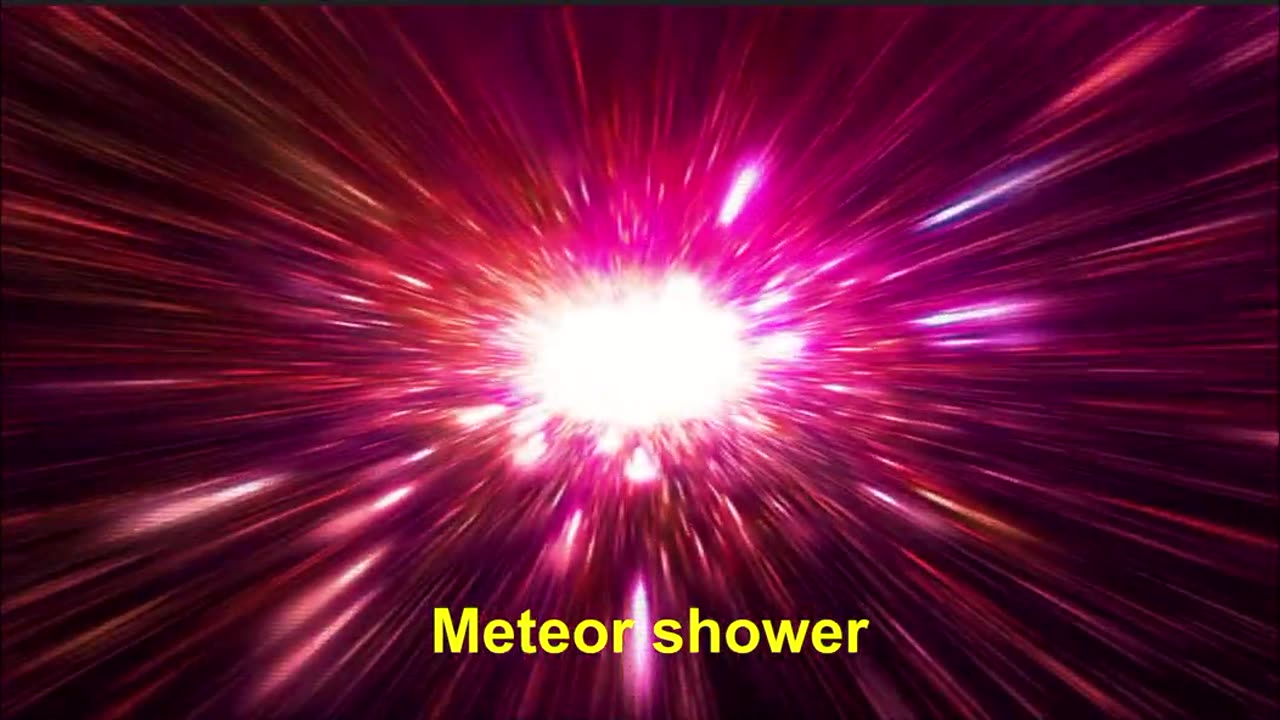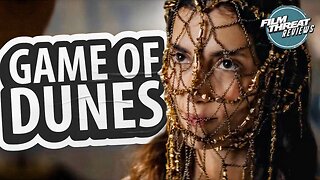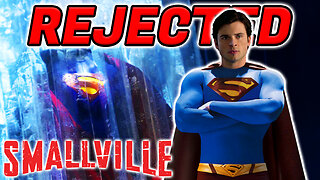Premium Only Content

What is a Meteor Shower - Science for Kids courtesy by 4kids Aid
Learn about Meteor Showers in this video!
Please like and subscribe
What is a Meteor shower?
A meteor shower is a celestial event where many meteors appear to originate from the same point in the night sky.
A meteor is a space rock—or meteoroid—that enters Earth's atmosphere.
As the space rock - or meteoroid - falls toward Earth, the resistance—or drag—of the air on the rock makes it extremely hot.
What we see is a "shooting star." That bright streak is not actually the rock, but rather the glowing hot air as the hot rock zips through the atmosphere.
When Earth encounters many meteoroids at once, we call it a meteor shower.
BUT - why would Earth encounter many meteoroids at once?
Well, comets, like Earth and the other planets, also orbit the sun. Unlike the nearly circular orbits of the planets, the orbits of comets are usually quite lop-sided.
As a comet gets closer to the sun, some of its icy surface boils off, releasing lots of particles of dust and rock.
This comet debris gets strewn out along the comet's path, especially in the inner solar system (where we live) as the sun's heat boils off more and more ice and debris.
Then, several times each year, as Earth makes its journey around the sun, its orbit crosses the orbit of a comet, which means Earth smacks into a bunch of comet debris. And we witness meteor showers.
During meteor showers, streaks may appear anywhere in the sky but point back to the same spot due to perspective.
That's because all the meteors are coming at us at the same angle, and as they get closer to Earth the effect of perspective makes them seem to get farther apart.
It's like standing in the middle of railroad tracks and seeing how the two tracks come together in the distance.
The term "meteor shower" was coined after astronomers observed one of the Leonids' most impressive displays in 1833.
Meteor showers are often named after the constellation where they appear to originate.
For example, meteor showers that seem to fall from the constellation Perseus are called the Perseids, and those appearing from the constellation Gemini are called the Geminids.
The Orionids Meteor Shower, which occurs in October each year, appears to be originating near the constellation Orion the Hunter.
The Perseids are visible all through the year and peak during mid-August. The Leonids are called the King of Meteor showers and peak around mid-November.
Before we end, lets understand the difference between A METEOROID, A METEOR AND A METEORITE?
Think of them as “space rocks."
When meteoroids or lumps of rock that orbit the sun, enter Earth's atmosphere (or that of another planet, like Mars) at high speed and burn up, the fireballs or “shooting stars” are called meteors.
When a meteoroid survives a trip through the atmosphere and hits the ground, it's called a meteorite.
Thank you!
-
 LIVE
LIVE
Matt Kohrs
8 hours agoPayday Friday, Breaking Market News & Live Trading || The MK Show
865 watching -
 LIVE
LIVE
Vigilant News Network
13 hours agoFBI EXPOSED: New Development Rocks J6 Pipe Bomb Scandal | The Daily Dose
3,420 watching -
 1:27:24
1:27:24
Game On!
9 hours ago $2.72 earnedEagles DOMINATE Washington on TNF thanks to Saquon Barkley!
12.2K1 -
 17:10
17:10
Film Threat
23 hours agoDUNE: PROPHECY EARLY REVIEW | Film Threat Reviews
83.5K9 -
 51:29
51:29
Uncommon Sense In Current Times
11 hours ago $19.51 earned"Why This Election Was For Protecting Christian Freedom"
47.6K6 -
 10:46
10:46
Degenerate Jay
16 hours ago $12.08 earnedThe Rejected Superman Ending Of Smallville Would Have Changed Everything
37.4K8 -
 19:01
19:01
Jamie Kennedy
15 hours agoWe're in a World of Dummies! | From Ep. 176 Hate to Break It To Ya w/ Jamie Kennedy
38.8K5 -
 3:54
3:54
BIG NEM
23 hours agoWelcome to #NEMSWORLD UNCUT. The World's First Uncensored Sketch Comedy Podcast.
27.1K4 -
 3:09:28
3:09:28
Price of Reason
17 hours agoElon Musk TARGETED By Hollywood & MSM! Yellowstone DISAPPOINTS! Dragon Age Veilgard DISASTER!
117K24 -
 5:03:12
5:03:12
Akademiks
12 hours agoLil Durk Pleads NOT GUILTY and Hires NBA Youngboy Lawyer To Represent him! Lil Baby tryna comeback?
146K14